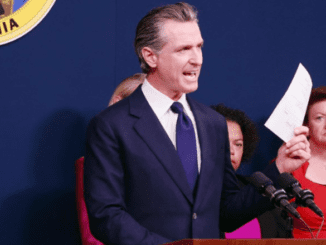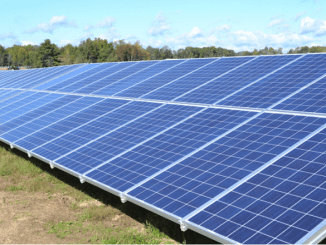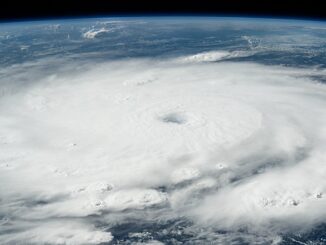
ROME, Italy, July 21, 2024 (ENS) – Pope Francis has kickstarted the Vatican’s plan to become a solar nation that he detailed in an Apostolic Letter entitled “Fratello sole” or Brother Sun. The plan is to use land outside Rome that the Vatican already owns to construct an agrivoltaic plant that will power the entire city-state.
Agrivoltaics, also known as “dual-use” solar, involves the use of land for both solar energy and agricultural production. For example, crops can be grown, or livestock grazed, or pollinator habitats maintained underneath or adjacent to solar panels.
In a brief Apostolic Letter issued June 21, Pope Francis provides for the construction of an agrivoltaic plant in the extraterritorial zone of Santa Maria in Galeria, where Vatican Radio has maintained broadcasting antennas since 1957.
The 430 hectare (1,063 acre) site, located 35 kilometers (20 miles) north of the Vatican in Rome’s northwest, is near the old village of Santa Maria di Galeria, near the Arrone River where ruins of the ancient city of Galeria Antica have been found.
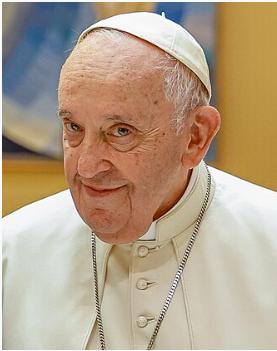
Pope Francis feels motivated to power the Vatican without intensifying the climate crisis. “There is a need to make a transition to a sustainable development model that reduces greenhouse gas emissions into the atmosphere, setting the goal of climate neutrality,” he writes in the Apolstolic Letter.
“Mankind has the technological means to deal with this environmental transformation and its pernicious ethical, social, economic and political consequences, and, among these, solar energy plays a key role,” he writes to the Vatican’s governing officers.
“Therefore, I entrust to you, dear Confrères, in your respective capacities as President of the Governorate of Vatican City State and President of the Administration of the Patrimony of the Apostolic See, the task of constructing an agrivoltaic plant located within the extraterritorial zone of Santa Maria di Galeria that will guarantee, not only the power supply of the radio station there, but also the complete energy sustenance of Vatican City State.”
“In order to carry out this task, notwithstanding the current regulations, and without requiring any authorization, I appoint you as Extraordinary Commissioners with full capacity to carry out the necessary acts of ordinary and extraordinary administration,” Pope Francis wrote.
The Vatican affirmed its climate awareness on May 24, 2015 with the Encyclical Letter Laudato Si’ on Care for Our Common Home. In that document, Pope Francis “invited all of humanity to become aware of the need to make changes to lifestyles, production and consumption, in order to counteract global warming, which has a pervasive use of fossil fuels as one of its main causes,” he explains in the Apostolic Letter.
This agrivoltaic announcement carries on a recent pattern of at least one major climate sensitive action on the part of the Vatican each year.
On July 6, 2022, the Holy See, on behalf of Vatican City State, acceded to the United Nations Framework Convention on Climate Change.
“With this Instrument,” wrote Pope Francis in the Apostolic Letter, “I intended to contribute to the efforts of all States to offer, in accordance with their respective responsibilities and capacities, an adequate response to the challenges posed by climate change to humanity and to our common home.”
In 2023, the Governatorate of the Vatican City State issued a new plan entitled Ecological Conversion 2030.
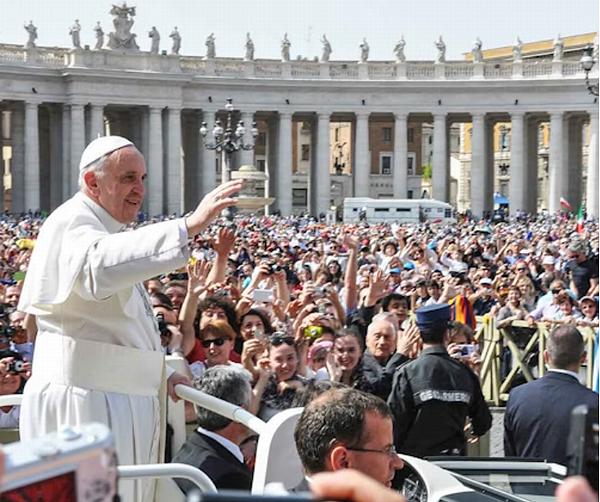
In harmony with Pope Francis’ Encyclical Laudato Si, the Ecological Conversion 2030 plan aims to pursue sustainable, carbon-neutral projects and technologies in the 44-hectare (109-acre) Vatican city state. For instance, last November the Vatican began replacing its car fleet with electric vehicles made by German carmaker Volkswagen AG as part of the Vatican’s efforts to reduce its carbon emissions.
In September 2008, under Pope Francis’s predecessor, Pope Benedict XVI, the first of a planned 2,400 solar panels were installed on top of the papal audience hall at Vatican City. The Vatican accepted a donated “climate forest” in Hungary to offset its remaining emissions.
Pope Benedict XVI made conserving the Earth’s resources an important concern of his papacy, and so has Pope Francis who took over the papacy in 2013.
In 2015, Pope Francis became the first pontiff to address a joint meeting of the U.S. Congress, where he called for, “an integrated approach to combating poverty, restoring dignity to the excluded, and at the same time protecting nature.”
Pope Francis became the first pope to issue official Vatican documents on climate change, warning in 2023 that the world in which we live “is collapsing and may be nearing the breaking point.”
Featured image: The site of the Vatican’s broadcast towers where its agrivoltaic solar plant will be constructed. (Photo courtesy The Vatican)
© 2024, Environment News Service. All rights reserved. Content may be quoted only with proper attribution and a direct link to the original article. Full reproduction is prohibited.

